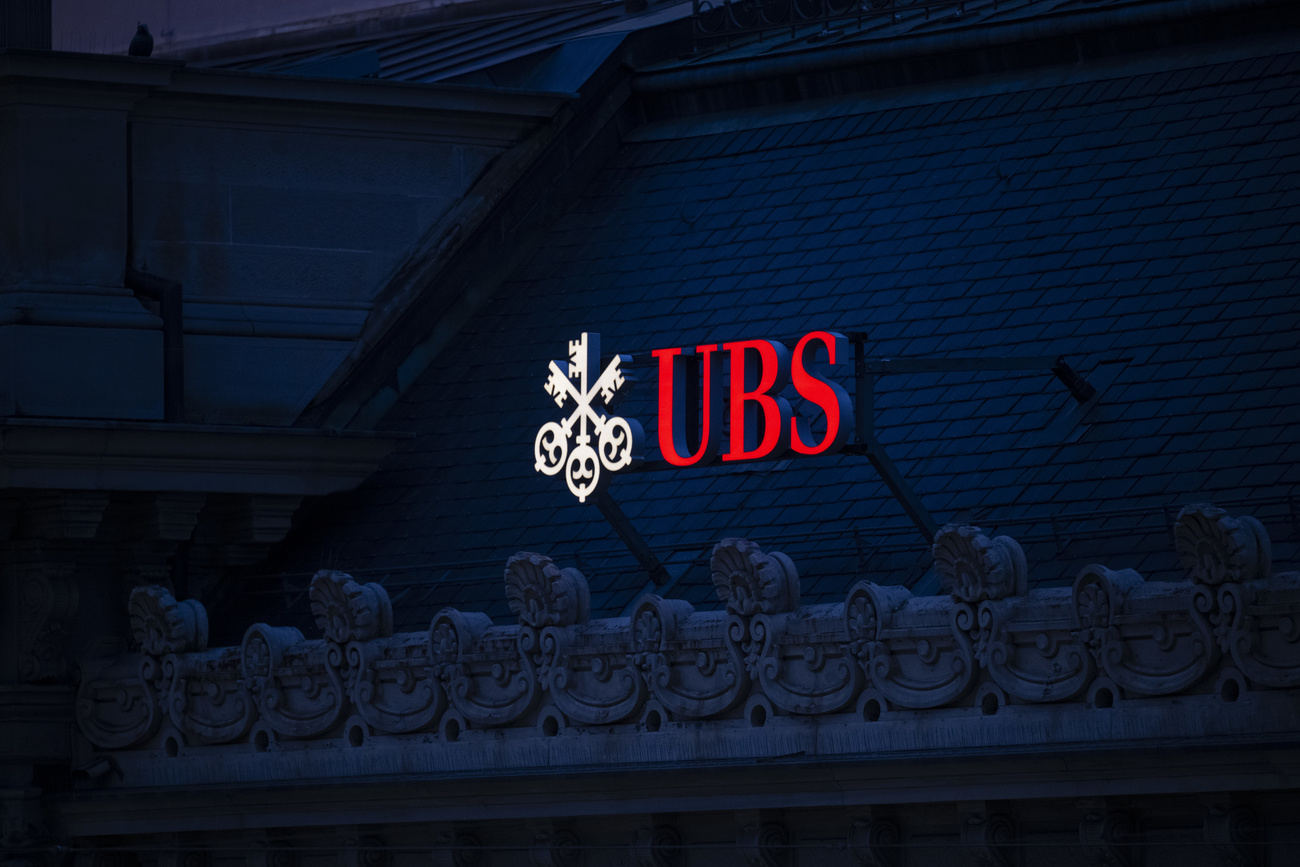Struggling Thames Water’s £10 Billion Bonds Face Double Blow
(Bloomberg) — The massive debt pile loaded onto Thames Water Ltd is teetering on the edge of junk, following S&P Global Ratings warning of a downgrade.
If the ratings agency does cut, and another downgrade follows, over £10 billion ($12.9 billion) worth of bonds issued by the UK’s largest water utility will lose their investment grade status.
A downgrade would be bad enough — pushing up borrowing costs, limiting access to capital and potentially breaching the terms of its operating license at a time when it needs to raise more debt due to its shareholders’ refusal to inject more equity. The company only has enough money to last until May.
But the consequences for Thames Water could be even worse, as the firm’s complex capital structure would exclude it from one of the largest pools of cash that invest in high-yield debt.
This is because the regulated portion of Thames Water bonds — which currently stands at over £10 billion according to the company’s March 2024 annual results — was issued under a so-called whole-business securitization structure. Introduced by former owners Macquarie Group, the WBS allowed the company to raise capital by issuing debt backed by the cash flows from its operating business. That setup makes it ineligible for the closely-followed ICE BofA fixed-income indexes, according to a spokesperson for ICE.
Inclusion in the indexes grants bonds exposure to billions of dollars worth of passive and exchange-trade funds. Such funds work by either buying all the components of an index or a representative sample. But being left out of ICE’s Investment Grade Index wasn’t a big deal for a stable utility that was able to attract many of the country’s largest money managers among its creditors.
Now, however, much of its debt stands on the lowest rung of high-grade. In the event of a downgrade, Thames Water would be excluded from indexes that are tracked by more high-yield ETFs than any other — except Bloomberg’s. While it may be eligible for inclusion in ICE BofA Sterling Collateralized index, no ETFs track that.
“It’s a question mark which index Thames Water bonds would end up in — fair to say, not all,” Simon Matthews, senior portfolio manager at Neuberger Berman, said. “Which begs the question, who else is going to step in and mop this up?”
Already, investors are pricing in the possibility of a painful descent into junk territory. Thames Water bonds now trade at a much wider spread than the Bloomberg sterling junk bond index, which comprises a majority of British companies.
On Monday, some of Thames Water’s largest bonds fell, with the €650 million 2027 notes quoted 1.2 cents lower at 1:10 p.m London time, and the 2031 €1 billion notes down just under a cent. Both were quoted in distressed territory, around 75 cents on the euro.
The Class A debt currently has the lowest investment-grade rating, and at least one key bondholder believes they could lose up to 20% of their value in a debt restructuring. Meanwhile, Thames Water’s junior debt has plummeted. Given its lower status in the hierarchy of claims, the risk of a major haircut is high.
A downgrade would also see the troubled water and sewage company become the largest-ever sterling non-financial ‘fallen angel’ — an investment grade issuer relegated to high yield — according to Barclays Plc.
Debt Burden
Macquarie used whole-business securitization to pile debt on the company at a cheaper cost. That looked like a good idea at a time when debt was cheap because it allowed them to raise much-needed funds.
But decades of mismanagement combined with hefty dividend payments and a ballooning debt burden followed by a sharp rise in borrowing costs means that Thames Water is under unprecedented pressure. The UK’s biggest water and sewage company could be broken up, listed on the stock exchange, or forced to cap its debt under special measures set out by regulator Ofwat last week.
Ofwat rejected Thames’s plans for a 43% customer bill hike by 2030. It also indicated it would allow water companies to pay investors a 4.8% return on equity needed for infrastructure investments. That’s below the 5.7% Thames said it needs to find new sources of cash.
That could undermine efforts to attract new investors prepared to stump up at least £2.5 billion in equity needed to secure water supplies and stop chronic leaks and sewage spills across London and Oxfordshire.
–With assistance from Tasos Vossos and Jessica Shankleman.
(Adds Monday’s bond price moves in tenth paragraph)
©2024 Bloomberg L.P.








